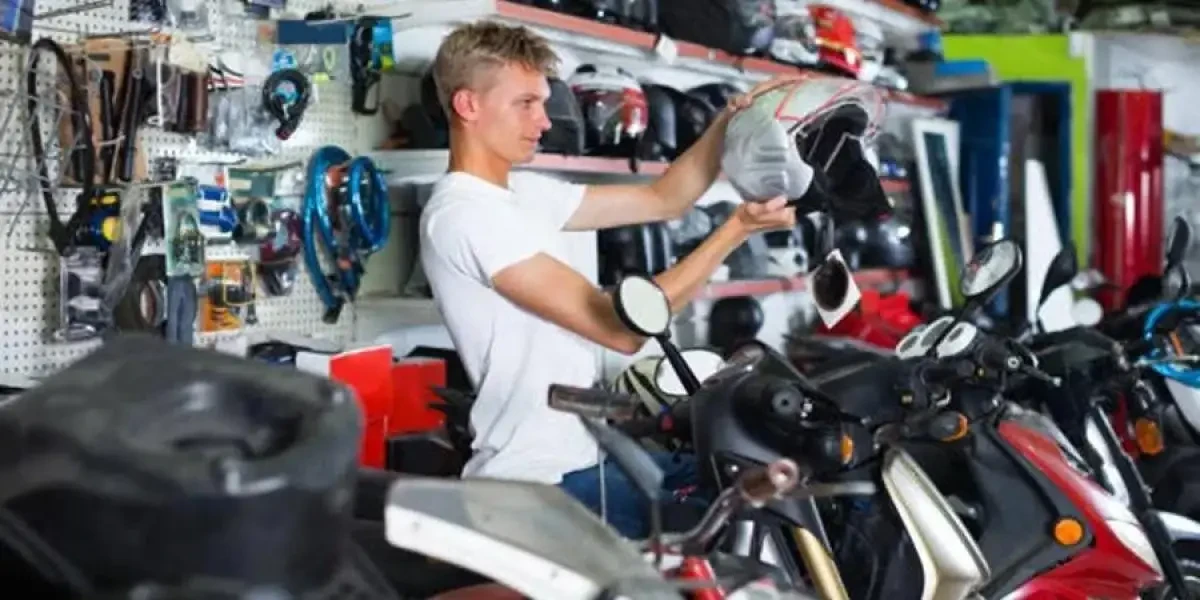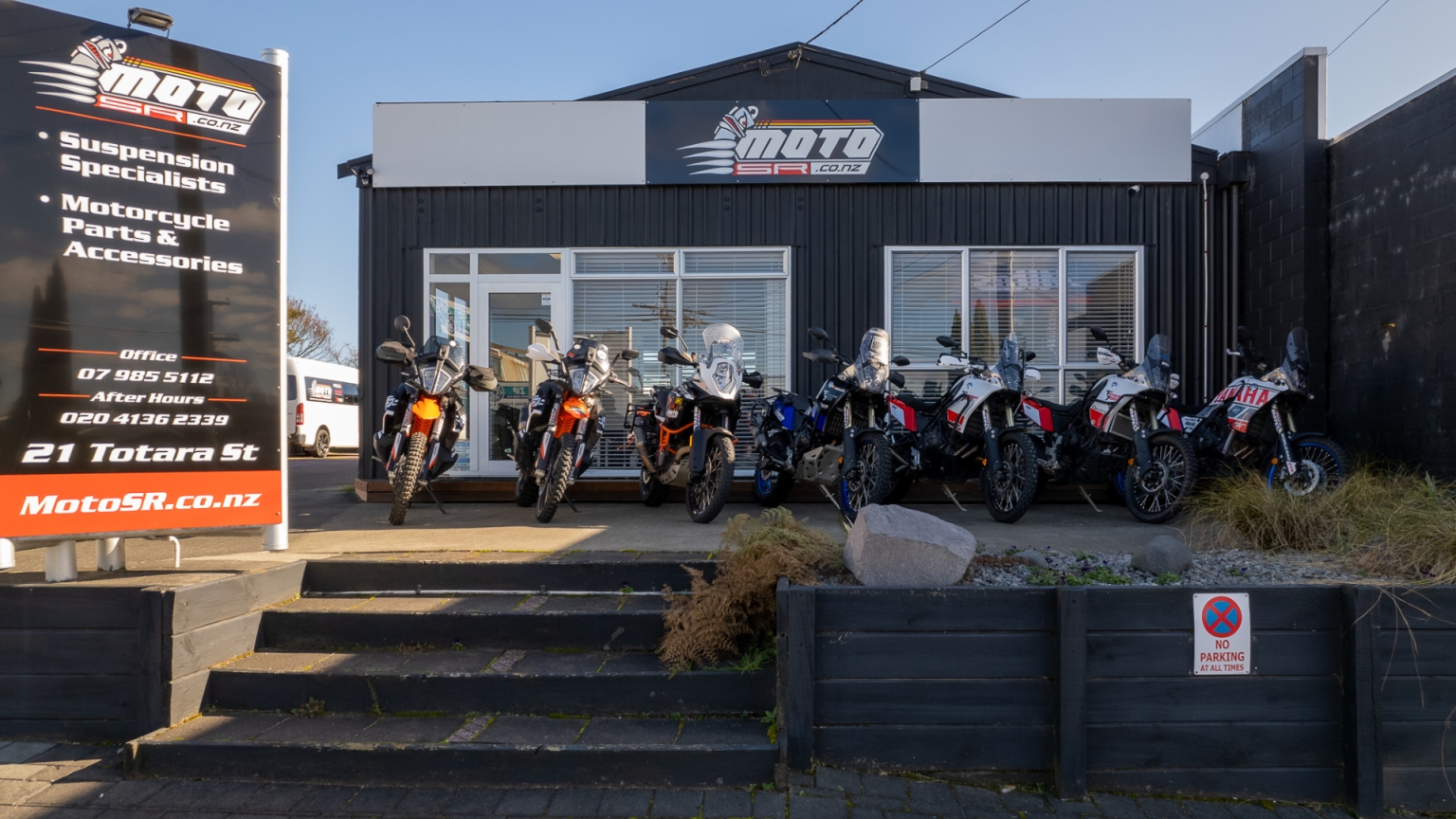Top MX Gear NZ: Prepare for Your Following Off-Road Experience
Top MX Gear NZ: Prepare for Your Following Off-Road Experience
Blog Article
A Thorough Take A Look At Motorcycle Components: What Every Cyclist Ought To Know
A comprehensive understanding of motorcycle components is not simply helpful but crucial for any type of rider intending to maximize performance and safety. Each part, from the engine's complex operations to the reliability of brake systems, plays an essential function in the total experience and functionality of the bike. Beyond simply knowing what these parts do, it is crucial to value how they engage and sustain one another. This interconnectedness can make the difference in between a smooth adventure and unexpected difficulties. What complexities exist within this mechanical harmony that every cyclist should master?
Understanding the Engine
The engine, commonly considered as the heart of a motorbike, is a complex assembly of components that operate in consistency to transform fuel into motion. At its core, the engine's key feature entails the burning process, where air and fuel mix and spark within the cylinders, resulting in regulated surges that drive the pistons. These pistons go up and down, converting chemical power right into mechanical power, which subsequently turns the crankshaft, inevitably powering the bike.

Recognizing the ins and outs of a motorcycle engine is critical for enthusiasts and riders alike. It not only gives understanding into exactly how motorcycles accomplish their impressive power and rate yet additionally help in effective upkeep and troubleshooting, ensuring long life and reliability on the roadway.
Suspension Systems
While the engine powers the motorcycle, the shock absorber plays a vital duty in guaranteeing a controlled and smooth experience. The suspension system is responsible for soaking up shocks from the roadway surface area, keeping tire get in touch with, and supplying stability throughout cornering and braking. It consists of 2 major parts: the front forks and the rear shock absorbers.
Front forks are generally telescopic, having a springtime and wetting system. The springtime prolongs and compresses to absorb bumps, while the dampening mechanism manages the motion to prevent excessive bouncing. This mix ensures the front wheel stays touching the road, offering superior handling and comfort.
The rear suspension, commonly a monoshock or twin-shock configuration, works in a similar way to the front suspension yet is customized to support the bike's weight and biker - moto parts nz. It manages rear wheel movement, adding to the bike's total balance and responsiveness
Suspension systems can be adjustable, enabling riders to fine-tune preload, compression, and rebound setups according to personal preferences and riding conditions. This adjustability boosts performance by optimizing the motorbike's communication with varied surfaces. In recap, an effective shock absorber is essential for motorcyclist comfort, safety and security, and the motorcycle's handling prowess.
Brake Parts
Stopping power is an essential element of motorbike safety, and it hinges on the efficiency of the brake elements. The primary components of a bike's braking system include the brake pads, calipers, blades, and master cyndrical tube. motocross gear nz. Each of these parts plays an essential function in making sure effective braking efficiency
Brake pads are important as they create the essential friction against the blades to slow down or quit the bike. Constructed from materials such as sintered metal or organic compounds, the option of brake pad material considerably influences performance and long life. Calipers, real estate the brake pads, use pressure to the pads when the brake lever is involved, assisting in contact with the rotors.
The rotors, normally made from stainless-steel or actors iron, are placed to the wheels and work as the surface versus which the brake pads press. Their design, including diameter and density, influences warmth dissipation and quiting power. The master cylinder, linked to the brake lever, creates hydraulic stress transmitted via brake lines to the calipers, making sure regular stopping force.
Normal upkeep and assessment of these parts are important for optimal performance, protecting against wear and guaranteeing rider safety when traveling.
Tire Essentials
Beyond preserving durable braking systems, ensuring ideal tire performance is just as significant for bike safety and security and effectiveness. Tires are the sole get in touch with factor between the motorbike and the roadway, making their condition critical in handling, security, and total experience quality.

Examine the sidewall for the DOT (Department of Transportation) code to determine the tire's age. Investing focus in these tire basics not only optimizes efficiency but likewise considerably boosts riding security.
Electric Equipments
In the realm of motorbike maintenance, the electric system plays an essential function in making certain reliable performance and rider safety and security. This complex network encompasses important components such as the battery, alternator, starter motor, and circuitry harness. Each component is important for the seamless operation of the bike, from ignition to lighting and communication with different sensors.
The battery works as the heart of the electric system, providing the needed power to start the engine and operate accessories. Consistently examining the battery's voltage and terminals for rust is vital to stop unexpected failings. The alternator, on the other hand, recharges the battery while the engine is running, ensuring a continual pop over to this site power supply.
To preserve motorcycle mechanic near me it, cyclists should pay focus to any kind of uncommon sounds or problems during startup. Guaranteeing that the cords are intact and complimentary from damage is necessary for making certain and stopping short circuits capability.
Verdict

Stopping power is a fundamental facet of motorbike safety and security, and it pivots on the effectiveness of the brake components. The key elements of a motorcycle's stopping system include the brake pads, calipers, blades, and master cyndrical tube.Brake pads are crucial as they create the required rubbing versus the blades to reduce down or stop redirected here the bike.Beyond preserving robust braking systems, ensuring optimum tire efficiency is equally significant for motorbike security and efficiency.In the world of motorbike upkeep, the electric system plays an important duty in ensuring reliable efficiency and motorcyclist security.
Report this page